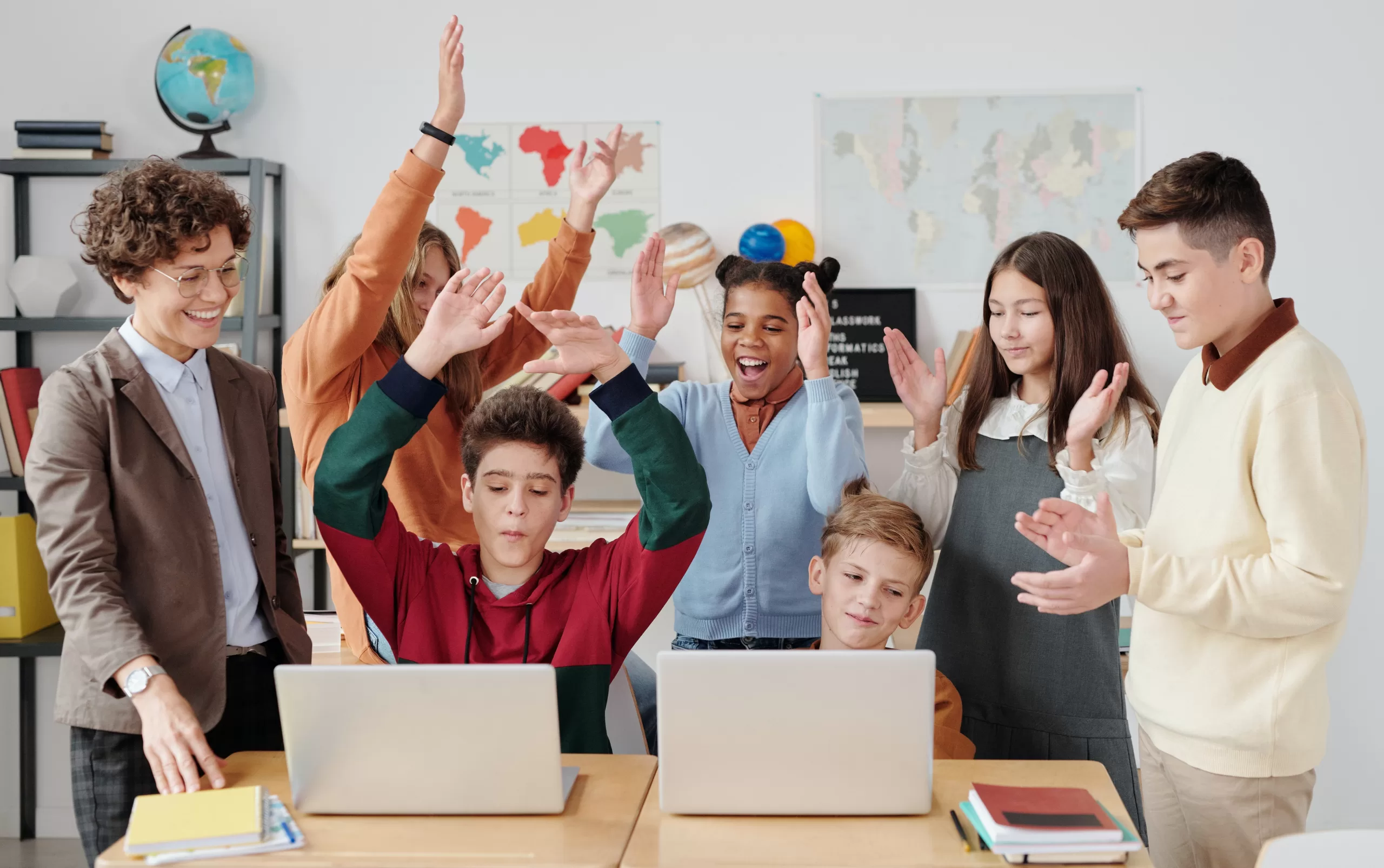From the perspective of students
1. Easy to get started. Children can learn Scratch without any programming background, which is very suitable for beginners.
2. For children, programming in the form of “code blocks” will be more interesting and simple.
3. At the same time, children can verify the design effect at any time during the process of writing or modifying the program code, which also allows children to easily drag and adjust the code module combination at any time to realize the ideas in their minds. In fact, it means that children can see their own achievements in an easier way.
From the perspective of Scratch Developers

1. Arranging combined code in a more interactive drag-and-drop way can save the trouble of adding punctuation marks during programming. This makes Scratch more convenient than traditional programming languages and makes the overall creative process more smooth for children.
2. When you really start to program with Scratch, you will find that the design of Scratch is highly interactive. On Scratch, the trouble of traditional programming software tapping code line by line is dropped. Users can modify programs like building blocks by dragging the defined modules on Scratch and according to certain logical combinations.
3. Scratch pays more attention to collaboration and encourages sharing than other programming software. In Scratch, the “Share” button is also set as the most important part of the entire program interface.

What children can learn besides coding
1. Problem-solving ability In Scratch.
Children find program errors in the process of trying to create works, and they need to modify and adjust the code. Their ability to solve problems and resist setbacks has been improved.
The shapes of each building block in Scratch are different. Children should think before they drag. If there is no certain logical order between the two building blocks, the two modules cannot be put together. This process also helps children improve their ability to analyze and solve problems.
2. Improve creativity
During the Scratch learning process, students will connect knowledge with real life. For example, you can develop your own imaginary games related to your daily life.
3. Cultivate teamwork ability
Scratch is often used by children to create works together. Many Scratch users have found partners in the Scratch community.
Scratch children’s programming can train children’s teamwork skills as well as their project management ability. Children will gradually learn how to communicate and cooperate in the process of creating work, and how to solve problems with team strength. The children’s teamwork ability will be constantly improved.






